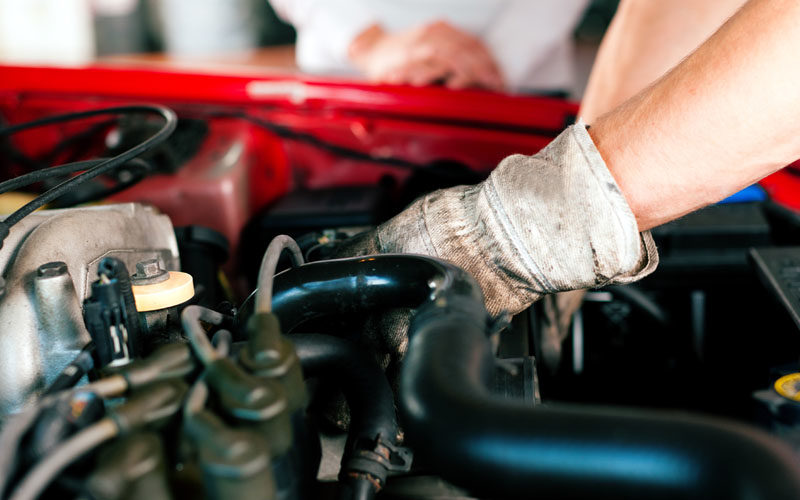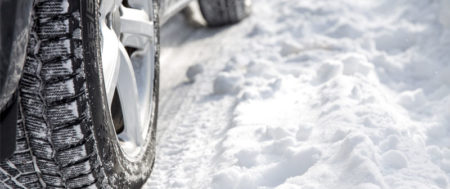A car is typically one of our largest and most important purchases in life. Cars are expensive and they are complicated. We rely on them for transportation, to get to work, to take kids to school and events, to go shopping for food, and to meet friends and family. In most of Oklahoma a vehicle is essential to be able to get where we need to go.
Protecting Your Fuel Pump and Engine
Vehicles are used outside in all kinds of weather, including extreme hot and extreme cold. They are subject to rain and sleet; imagine the wear and tear that the underside of your vehicle takes in everyday use. Besides environmental conditions of heat, cold, rain, sleet, snow, ice, potholes, and road debris, vehicles are often subject to hard use, such as stop and go traffic.
We have previously provided some guidance on the advantages of regular maintenance and oil changes. In this blog we offer one simple, easy specific thing you can do to avoid a common repair need that can save you some major money.
Your vehicle’s fuel pump works hard. The fuel tank is operating whenever the vehicle is on, so it is always generating power, flow and heat. Heat wears equipment out faster. The hotter the fuel pump’s operating temperature the sooner it will wear out.
There are a couple of problems if your fuel pump fails. The first is that the vehicle will start sputtering and running poorly, and could stop altogether. This could strand you and lead to other problems, like being late for work or to pick up kids. The second problem is that the average cost of replacing a fuel pump is $425 to $650.
Modern vehicles typically have their fuel pump installed inside the gas tank. It is counter-intuitive – who would expect an electrical device to be installed inside a gasoline tank? – but frequently that is where the fuel pump is installed.
Problems When It is Hot Outside
The fuel pump is cooled by the gasoline in the tank, much as a person can be cooled in a swimming pool. When the tank is at least ¼ full there should be liquid (gasoline) completely surrounding the fuel pump and helping to keep it cool. When the tank is below ¼ tank, part of the fuel pump can be exposed and operate at a higher temperature.
The lesson is that if you keep at least ¼ tank of fuel in your tank at all times you will help prolong the useful life of the fuel pump. Is that valuable? Yes – you can save or at least forestall that cost of replacing a fuel pump. Money that is easy to save and you have the added benefit of never running out of gas.
Problem When It is Cold Outside
Keeping at least ¼ tank of fuel in your gas tank at all times isn’t just a seasonal fuel pump issue in the hot summer months. It is also a winter issue because the lower the fuel level the greater the tendency for water condensation to occur during cold months, creating water in the gas tank. We all know gasoline and water don’t mix, so it is bad to have water in the gas tank and particularly bad when the fuel pump tries to pump water instead of gas into the engine because the tank is low. The way to minimize the exposure to this problem during winter months is to keep at least ½ tank of gas in the tank at all times. Besides protecting your vehicle you have the comfort of knowing you always have gas in the tank.





![The Importance of Preventative Maintenance [video]](https://www.integrityautofinance.com/wp-content/uploads/2022/05/importance-regular-maintenance-2022-450x189.jpg)





